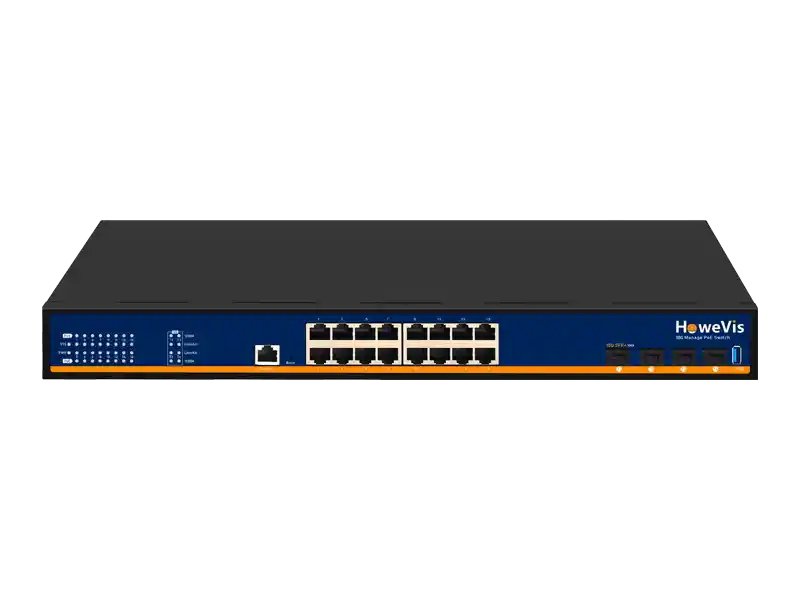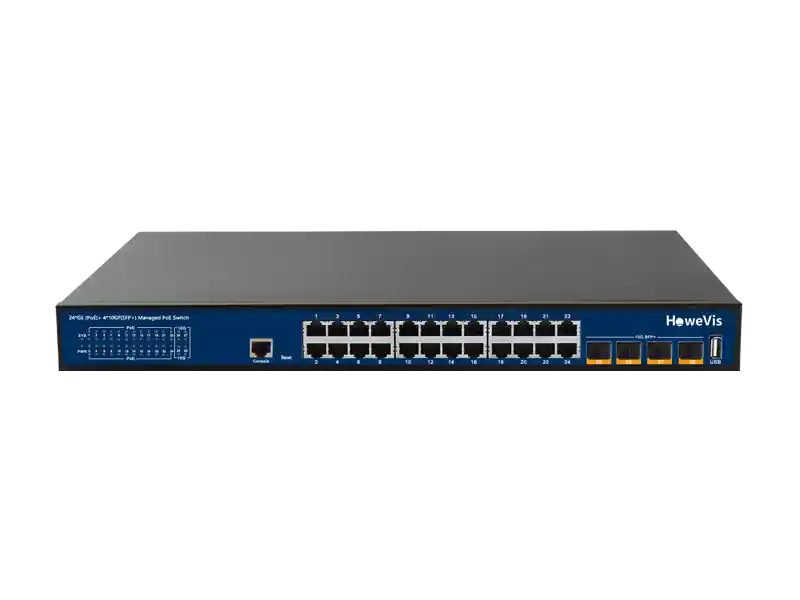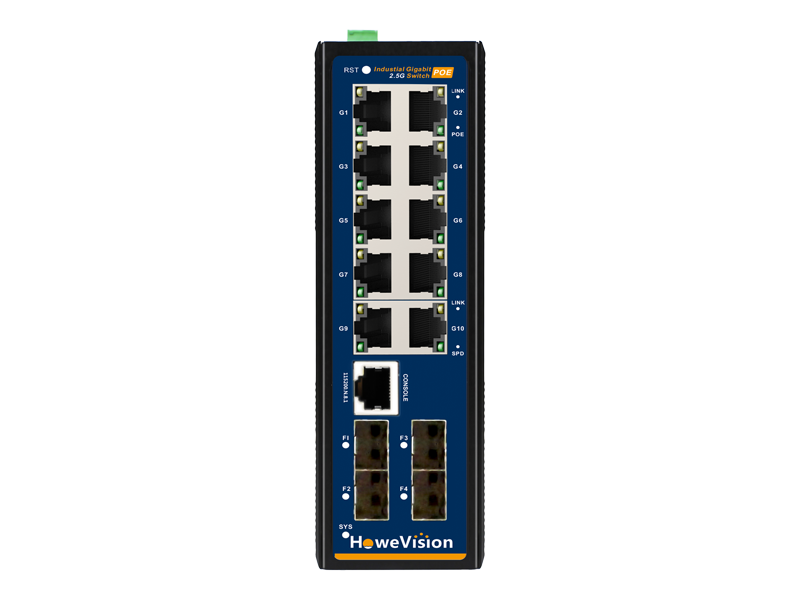Want to give your network speed a boost? Say goodbye to slow connections and hello to super-fast data transfers with 10GB Ethernet. You’ll love the change. It happens as you upgrade to this high-speed gigabit ethernet solution. It leaves old setups in the dust. It’s for gaming, streaming, or large file transfers. 10GB Ethernet ensures smooth performance and less lag. Improve your online experience with fast ethernet. It will boost your network and take it to the next level.
Key Takeaways
| Choose the Right Cable | Choosing the right cable type is essential to ensure your 10Gb Ethernet operates at its best. |
| Consider Optical Fiber | Optical fiber options offer high-speed and reliable connectivity for demanding network requirements. |
| Explore Copper Solutions | Copper cables provide cost-effective alternatives for shorter distance 10Gb Ethernet connections. |
| Utilize SFP+ Direct Attach Cables | SFP+ direct attach cables work well for connecting short distances in data centers. |
| Understand 10GBASE-KR | Learn about 10GBASE-KR as a reliable Ethernet standard for high-speed data transmission. |
| Understand 10GBASE-KR | Use proper tools and follow installation tips to ensure a smooth setup process for 10Gb Ethernet connections. |
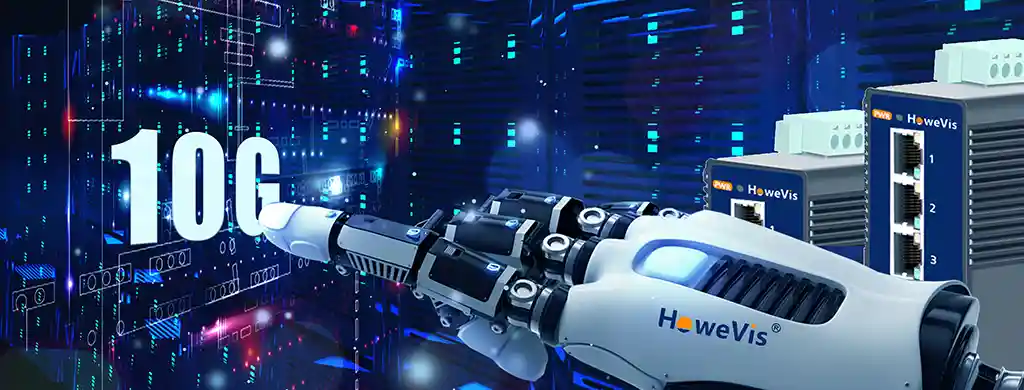
Understanding Ethernet Standards
IEEE 802.3ae-2002 Standard
The IEEE 802.3ae-2002 standard played a pivotal role in defining 10GbE, establishing the groundwork for high-speed Ethernet connections. It specified the physical layer standards and protocols necessary for 10GbE implementation, ensuring compatibility across various Ethernet devices. This standard marked a significant advancement in networking technology, enabling faster data transmission rates and improved network performance.
Evolution of 10GbE Standards
The 10GbE standards evolved. They progressed gradually to faster and better Ethernet. Gigabit Ethernet standards were introduced. They led to steady development, which culminated in the approval of 100 Gigabit Ethernet links in 2010. These advancements reflected the rising demand for higher bandwidth. They also reflect the need for faster networks. They must support the growing data needs of modern apps and services.
Adoption of 10GbE
The rise of 10GbE has been shaped by various factors, with cost being a key consideration for businesses. Initially, the high expenses linked to 10GbE setups hindered widespread adoption. However, as technology progressed and prices dropped, more companies shifted to 10GbE to meet their changing networking requirements. By 2022, there was a noticeable move towards 10GBase-T, a copper-based Ethernet connection standard, providing affordable options for setting up high-speed networks.
Choosing the Right Cable
Copper vs. Fiber
When it comes to cabling choices for 10GbE, the debate between copper and fiber is crucial. Copper cables, though more traditional, are limited in reach due to signal degradation over long distances. On the other hand, fiber cables With their increased bandwidth and extended reach, 10gb Ethernet connections are perfect for quick data transfers..
Physical Layer Modules
In 10GbE implementations, various physical layer modules play a significant role. Modules like XENPAK, X2, XPAK, XFP, and SFP+ determine the type of interface used. Each module has its unique specifications and form factors tailored to different networking needs.
Advantages of SFP+ Modules
SFP+ modules are highly versatile and popular in 10GbE setups due to their efficient data transmission at high speeds while consuming low power. These modules offer a cost-effective solution for businesses and are easily replaceable without causing disruptions to network operations.

Optical Fiber Options
Fiber Types
When considering optical fiber options for 10Gb Ethernet, it’s crucial to understand the different fiber types available. Single-mode fiber is ideal for long-distance connections, utilizing a small core size of 9 μm and a single transmission mode. On the other hand, multi-mode fiber with a larger core size of 50 μm or 62.5 μm is suitable for shorter distances.
Benefits of Optical Fiber
Optical fibers offer several advantages for 10GbE connections. They provide higher bandwidth capabilities compared to copper cables, enabling faster data transmission rates over longer distances. fiber optics are immune to electromagnetic interference, ensuring reliable and stable network performance.
SFP+ Modules
In optical fiber connections, SFP+ modules play a critical role in converting optical signals into electrical signals for seamless data transmission. These modules are hot-swappable and support various transmission speeds, making them versatile components in gigabit Ethernet connectivity options.
Wavelength Considerations
When selecting optical modules for 10GbE, understanding the importance of wavelengths is essential. Different wavelengths correspond to specific applications and distances, with options such as 850 nm and 1310 nm lasers commonly used in networking environments.
Transceivers and Ports
Optical transceivers are key components in optical fiber connections, facilitating the exchange of data between devices. They come in various form factors, including SFP, SFP+, and QSFP+, each offering unique features and capabilities. Furthermore, the number of ports on a transceiver determines its connectivity options, allowing for flexible network configurations.
Choosing the Right Fiber
Selecting the appropriate fiber type is crucial for achieving efficient 10Gb Ethernet performance. Factors such as distance requirements, budget constraints, and future scalability should be considered when deciding between single-mode and multi-mode fibers. It’s essential to match the fiber optic cable with the specific needs of the network to optimize performance.
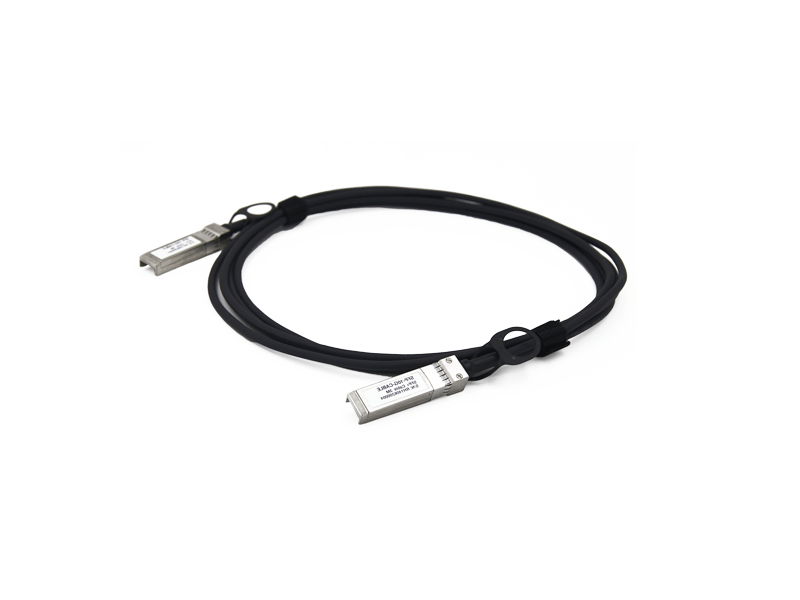
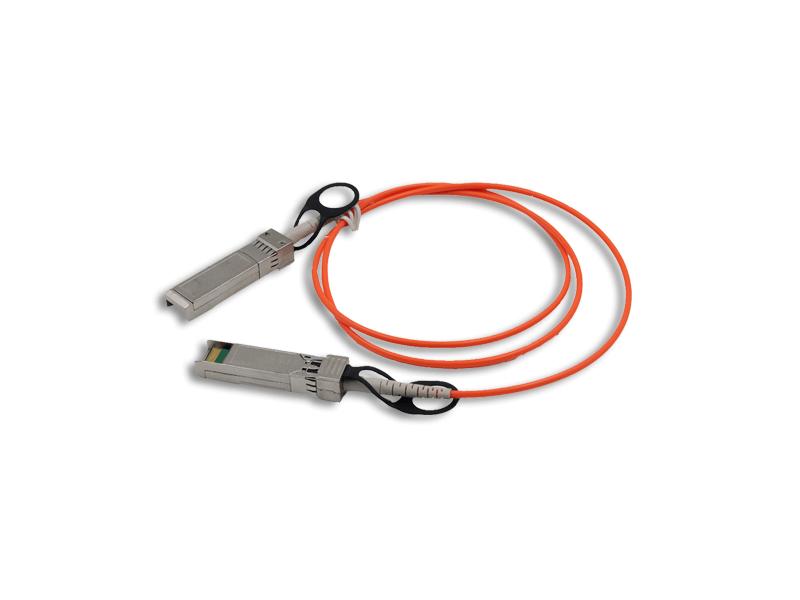
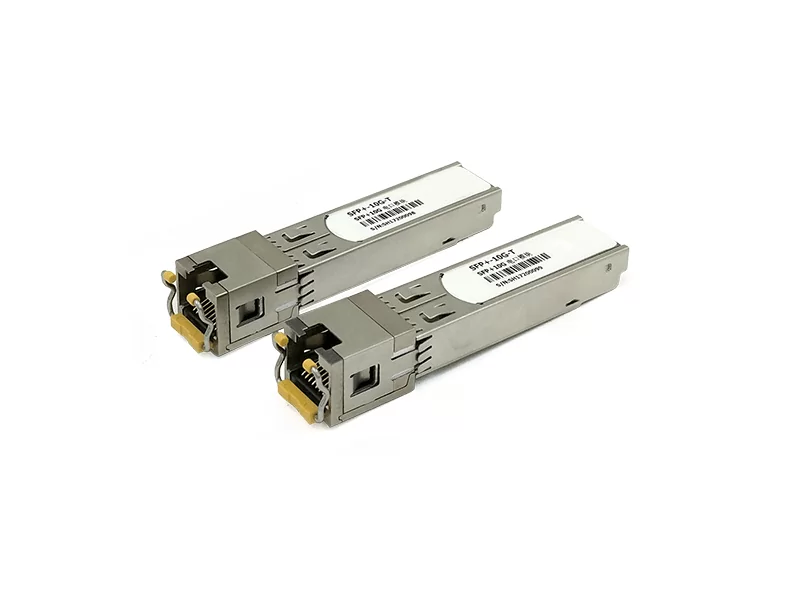
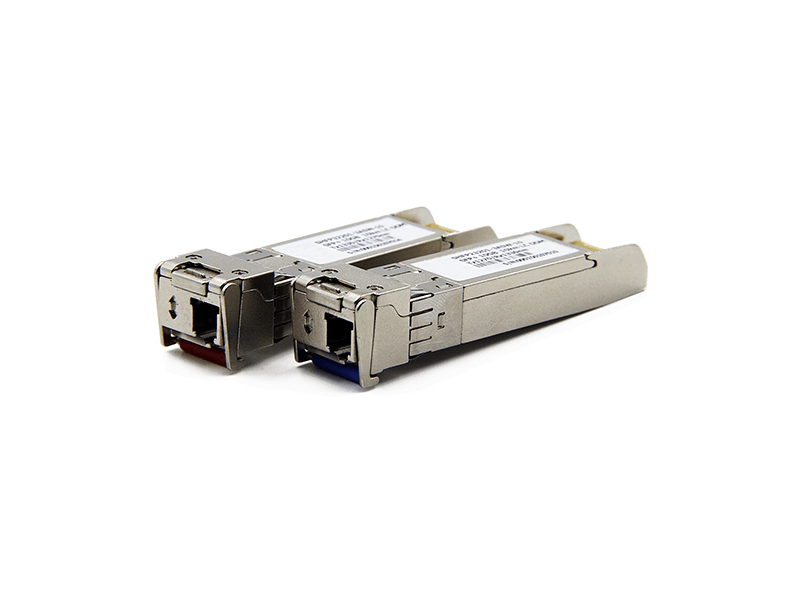
SFP+ Direct Attach Cables
Functionality
SFP+ direct attach cables, commonly known as SFP cables, are used to connect switches, routers, and servers in 10GbE environments. These cables have an integrated direct attach transceiver on each end, eliminating the need for separate transceivers.
The SFI interface on the SFP+ direct attach cables allows for high-speed data transmission between devices. This interface enables seamless connectivity and ensures minimal latency, making it ideal for demanding applications that require quick data transfers.
Benefits
One of the primary benefits of SFP+ direct attach cables is their cost-effectiveness. Compared to traditional fiber optic solutions, these cables are more budget-friendly while still providing reliable high-speed connections. The compact design of SFP+ cables makes them easy to deploy and manage in various network setups.
The flexibility of SFP+ direct attach cables also contributes to their popularity in 10GbE environments. Users can choose from different cable lengths to suit their specific networking needs, allowing for customized solutions that optimize performance and efficiency.
Key Features
The key features that make SFP+ direct attach cables a preferred choice for high-speed connections include their plug-and-play functionality. With no additional configuration required, users can simply plug in the cables and establish a fast and stable connection between devices.
Another notable feature is the hot-swappable nature of SFP+ direct attach cables. This means that users can replace or upgrade cables without powering down the network equipment, minimizing downtime and ensuring continuous operation in critical networking environments.
Cost-Efficiency and Deployment Ease
In terms of cost-efficiency, SFP+ direct attach cables offer significant savings compared to fiber optic solutions. The lower cost per cable combined with reduced installation expenses makes them a practical choice for organizations looking to enhance their network infrastructure without breaking the bank.
Moreover, the ease of deployment associated with SFP+ direct attach cables streamlines network setup processes and reduces complexity. Whether connecting servers in a data center or establishing links between switches in an enterprise network, these cables offer a straightforward and efficient solution for achieving high-speed connectivity.
Benefits of 10Gb Ethernet
Enhanced Performance
Upgrading to 10Gb Ethernet offers significant advantages over lower-speed networks like gigabit Ethernet. With 10GbE, businesses experience a remarkable boost in network speed and efficiency. The increased bandwidth capacity ensures smoother data transfer and quicker access to critical resources.
Future-Proofing Investment
One of the key advantages of migrating to 10Gb Ethernet is future-proofing your network infrastructure. By embracing this advanced technology, organizations equip themselves for upcoming innovations and evolving requirements. The scalability and reliability offered by 10GbE ensure that businesses can adapt to changing needs without facing network constraints.
Businesses investing in performance business Ethernet services like 10Gb Ethernet position themselves strategically in the market. The ability to handle increasing data loads and support emerging technologies gives them a competitive edge. Moreover, the robustness of 10GbE minimizes the need for frequent upgrades, saving both time and resources in the long run.
Competitive Edge
Adopting 10Gb Ethernet technology provides companies with a competitive advantage in today’s fast-paced digital landscape. The superior network speed and enhanced capabilities empower businesses to stay ahead of the curve. With 10GbE, organizations can meet the demands of bandwidth-intensive applications and ensure seamless connectivity for their operations.
Innovative features like efficient Ethernet and high gb connection speeds make 10Gb Ethernet a preferred choice for enterprises seeking optimal performance. By leveraging the advantages of 10GbE, businesses can streamline their workflows, enhance productivity, and deliver superior services to their customers.
